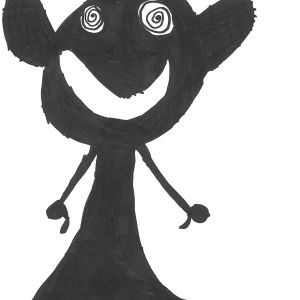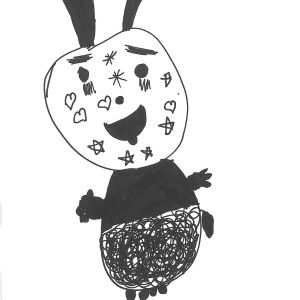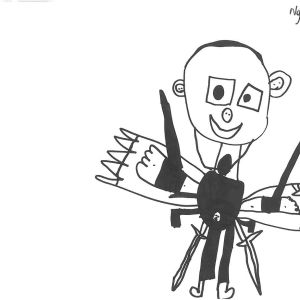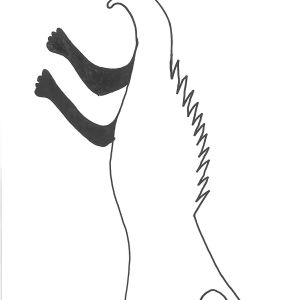HELENEUM – LUGANO
The sixth edition of the Dèibambini exhibition cycle continues under the banner of exploring the profound reasons for children’s creativity, entering the domain of the elementary control mechanisms of nature’s great and small determinisms. Amulets and talismans are artefacts that have always been present in all cultures of the world. Declined in innumerable forms, they are ‘activated’ by a peculiar power to attract (or ward off) spiritual or material elements capable of influencing or determining the lives of individuals and groups. In manipulating ‘active objects’, often imitating the strategies of mythical-magical control of reality employed by their parents, children use their imagination to generate a series of interactions that enable them to draw efficient and, above all, reassuring links between the small individual world and the large social world. The exhibition, set up on the ground floor of the Heleneum, displays not only the works created by the children, but also some works of ethnic art from MUSEC, thanks to which the children have begun to familiarise themselves with the magical world of amulets and talismans. These include the hei-tiki, an ornamental pendant from Polynesia, the miniature masks used as passports to enter exclusive societies in New Guinea, or the karahut, a male war ornament used as an amulet to terrorise the enemy. In addition, a series of images and drawings are presented on multimedia supports, contextualising the work and illustrating its educational path.
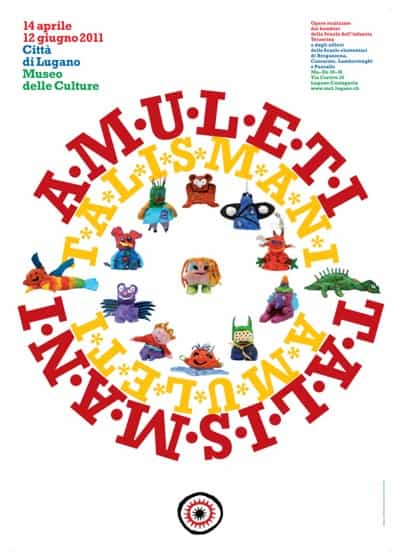
Following the introductory seminar held at MUSEC and aimed at illustrating the themes of the creative project to the teachers, the children of a kindergarten class (Terzerina-Pregassona) and four primary schools’ classes (Breganzona, Lambertenghi, Pazzallo, Cassarate) deepened, through careful educational work developed over six months between the school and the museum, the meaning and value of amulets and talismans. Guided by their teachers and museum staff, the children went on an entertaining ‘voyage’ that took them beyond the MUSEC’s Pillars of Hercules, to discover their own intimate sphere and an imaginary space finally within reach, among the no longer stormy waves of desires and fears. The result of this navigation are the amulets and talismans of a “tribe of wild children”, represented by wooden silhouettes drawn by the young artists of the Kindergarten who, as every year, worked on a collective work, and the personal amulets and talismans that the primary school pupils brought back as the loot of an unexpected, yet profound and fun exploration of their own inner world.
The Dèibambini project was founded in 2005 as a platform for interaction between the museum and the school. In its first ten years, the project allowed children to engage with different topics, with the aim of increasing their awareness of their own potential and inner vision and strengthening their ability to interpret the world. Since 2022, the starting point has been the works of children from the past. The idea is to build a bridge between the children’s creativity of yesterday and today, through the in-depth exploration of the expressive contents that not only interconnect cultures, but have served as an extraordinary source for the renewal of artistic languages in the 20th century. A solid bridge, full of poetry, to connect the generations.


